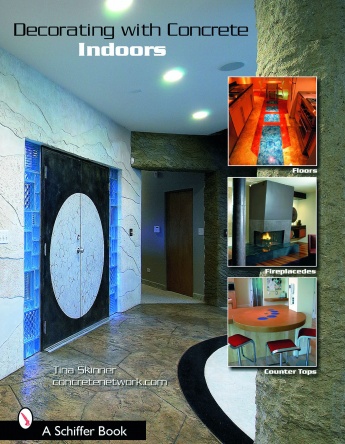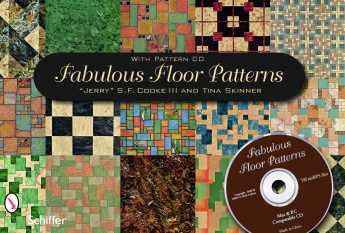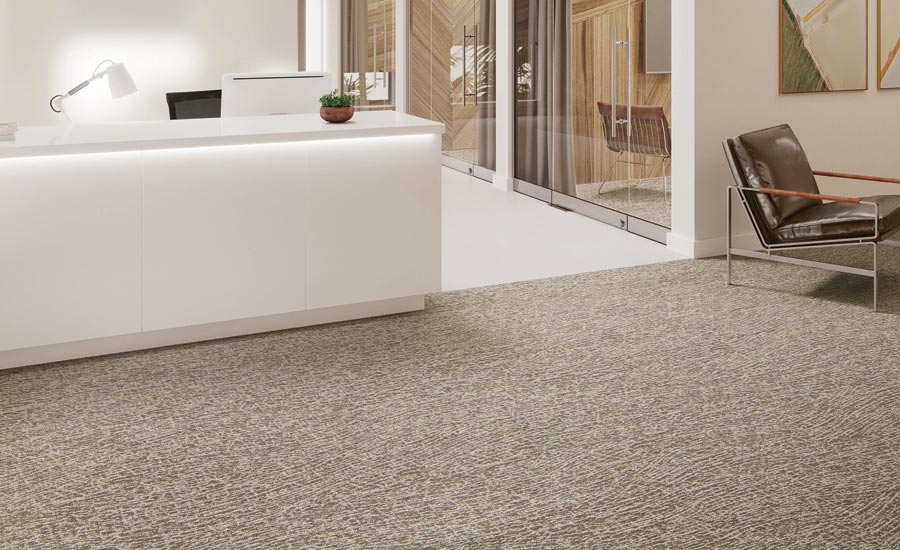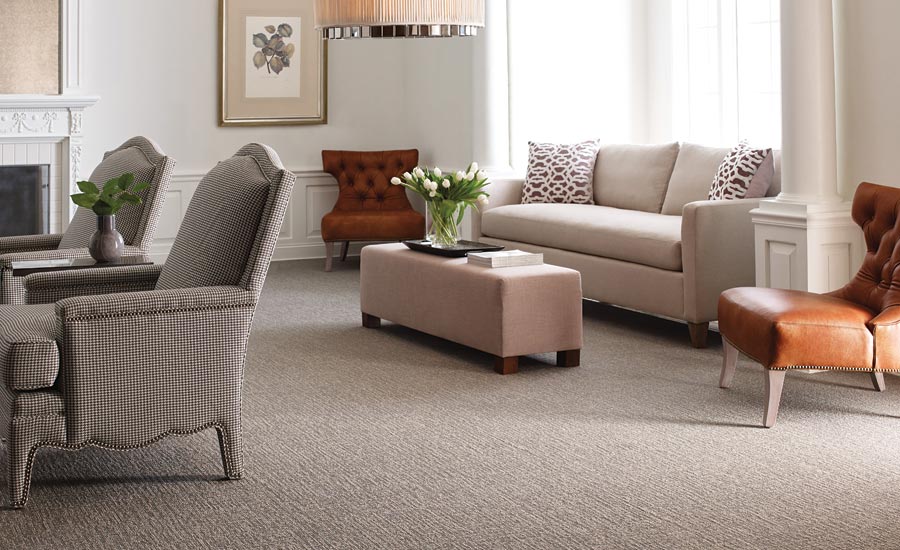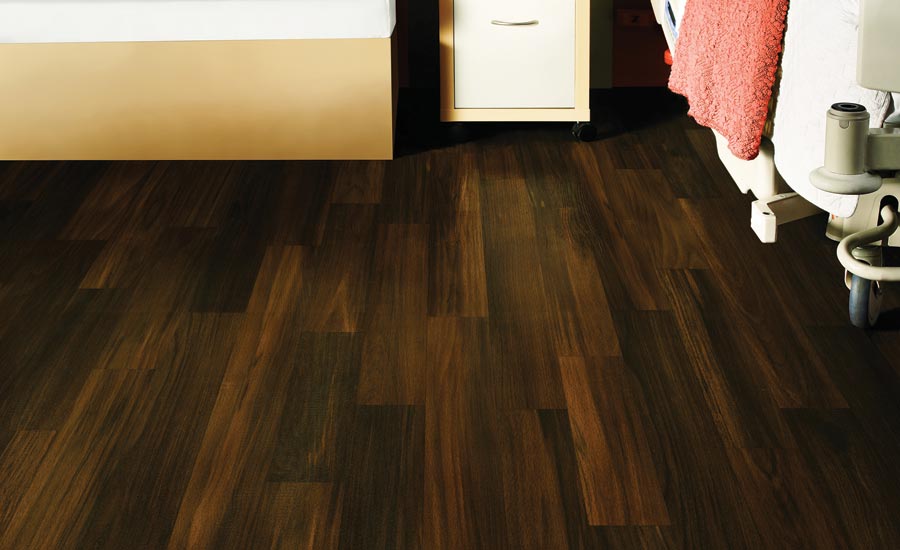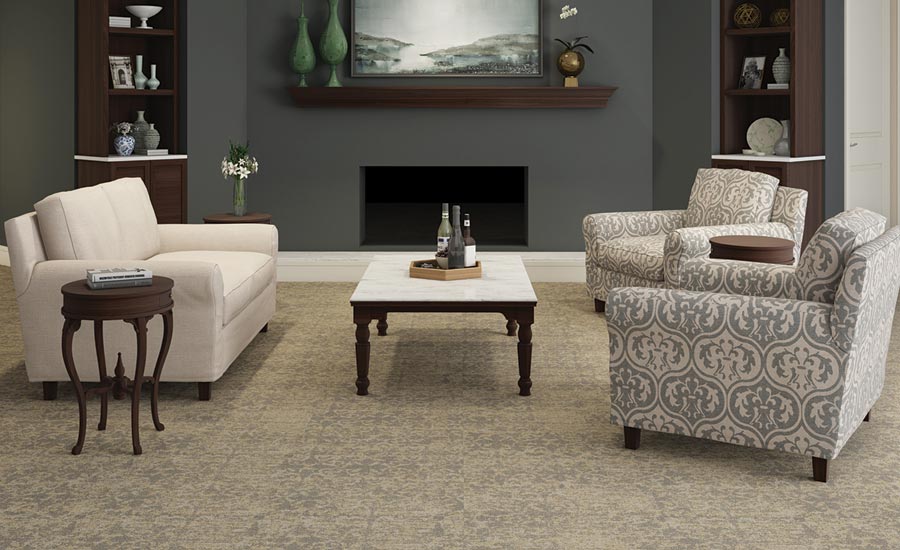Better with Age: Flooring Trends in Senior Living

Mohawk’s Healthy Environments collection was created to advance healing and productivity in healthcare interiors.

Philadelphia Commercial’s Heritage collection provides a sense of home to senior living spaces.

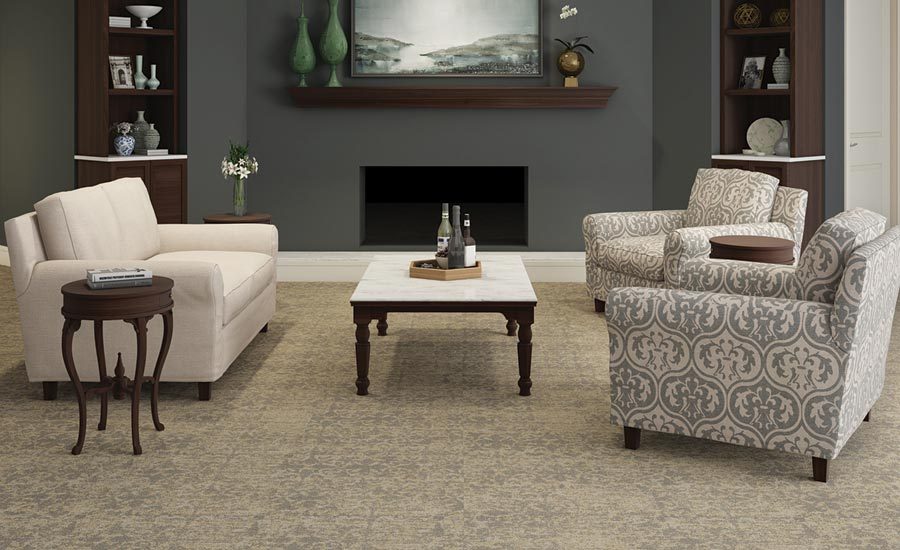
Patcraft’s Estrato draws inspiration from nature to create a serene and tranquil space.

Flooring designed to reduce the impact of falls is a necessity in senior living spaces, and Ecore’s Rx Collection made with itstru technology provides surface force reduction and energy restitution.





The concept of senior living is evolving. What traditionally encompassed retirement communities and assisted living facilities has expanded to include personal homes renovated to accommodate aging in place. In all of these spaces, accessibility, comfort and safety play a large role in making good choices for aging seniors. And as we age, flooring becomes an even more critical component to design.
“Seniors have more choices,” said Rick Lauber, author of ‘Caregiver’s Guide for Canadians and The Successful Caregiver’s Guide.’ “There is a growing number of long-term care facilities with a growing number of options for seniors. This gives the senior and his or her family a longer list of accommodation choices with, possibly, a shorter wait time to get a room, and a better choice given the specific health condition. If the senior prefers, he or she can remain at home with the help of visiting care professionals and home modifications being made.”
Seniors aging outside of the home is a practice that emerged within the last 75 years, says Chris Moore, chair of the Aging in Place Council’s Western and Central Virginia Chapter and president of Solid Rock Enterprises, a Salem, Va.-based remodeling company that specializes in aging in place.
“The more things change, the more they stay the same,” Moore said. “Up until about 75 years ago there really wasn’t such a thing as senior living. People lived where they lived throughout the course of their lives. People lived with extended family and everyone took care of each other without giving it a second thought. Think about the 70s TV show ‘The Waltons’ and you will get the idea. As society became more mobile, more and more people were facing their golden years with extended family living far away and too busy to help care for their older relatives.”
In response, Moore says senior living facilities of various configurations were created to provide a place for seniors to move to and have all of their needs met. Taking every design aspect into careful consideration—from the color of paint on the walls to the level of gloss and shine on the floors—research-led, evidence-based design is creating a physical environment that is proven to promote healthy, comfortable living, and universal design is creating spaces that can be accessed and enjoyed by all. In a senior living space, that might mean widened hallways to accommodate walkers and wheelchairs, limited stairs, or curbless showers.
“Universal design isn’t special design, it’s all-inclusive design,” said Rosemarie Rossetti, owner and designer of the Universal Design Living Laboratory, which aims to help people understand how universal design improves quality of life. “It’s looking at a design from the aspect of designing from the beginning so that people can live in [spaces] safely and conveniently and have the access. So simple features like no steps, low thresholds, wide doors, grab bars in strategic locations, great lighting, surfaces on the floor that aren’t going to shine and glare.”
Updating flooring choices in senior homes can help to lessen injuries and reduce the amount of maintenance needed.
The idea of aging in place has been growing in popularity as people look for ways to remain in the homes and communities that they love.
“More and more seniors are choosing to age in place within their own homes,” Lauber said. “Doing so makes perfect sense as a senior’s home can be very familiar, comfortable, and hold many memories. There are some easier modifications that can be done (e.g. removing excess or aging furniture) and more complicated modifications (e.g. widening of doors to accommodate wheelchairs and/or walkers. Anybody updating their home to age in place would be wise to look at replacing the flooring.”
From the kitchen to the garage, updating flooring choices in senior homes can help to lessen injuries and reduce the amount of maintenance needed. Particularly in wet areas like bathrooms, kitchens and laundry rooms, it is imperative to have flooring that will provide good traction to help prevent falls.
“In spite of all your precautions, you won’t prevent all falls,” Moore said. “A flooring surface that will absorb the force of an impact will minimize the risk of injury. Luxury vinyl that is slip resistant will be softer than ceramic or porcelain tile and less likely to cause injury if fallen on. Carpet that is low pile, such as commercial glue-down, will tend to cause less injury when fallen on than harder flooring such as hardwood.”
Choosing the right flooring for senior living spaces is one of the most important aspects of design.
“Whether you’re designing for a senior, someone with disabilities, or the general population, you always want to keep up with the trends and you always want to look fresh and new,” said Leslie Markman-Stern, president of Leslie M. Stern Design in Chicago.
Manufacturers are developing products that not only look good on the floor, but serve as a safe, comfortable and easy-to-maintain foundation.
Positioned for senior living and healthcare, Mohawk’s new Healthy Environments carpet tile and resilient collection is designed to advance healing and productivity in healthcare interiors. The collection draws inspiration from biophilic design, a trend that we continue to see across categories. Similarly, Patcraft’s Estrato collection of coordinating carpet tile and broadloom is inspired by texture, layers and florals found in nature and is designed to help create a serene and tranquil transitional space. Inspired to provide a sense of home, Philadelphia Commercial’s Heritage collection features Old World patterns, enhanced with classic neutrals from soft greys to warm taupe hues with a pop of color.
“When choosing and using flooring with a bit of give, seniors and care staff can stand and walk for a longer period of time,” Lauber said. “A softer flooring also provides an increased sense of security as this will provide a softer landing in the case of a fall. With the easy-to-clean flooring in many long-term care homes, staff can mop up quickly and move on to other work.”
Ecore’s Rx hard surface collection answers this need with five surfaces designed to reduce the impact of falls. Forest Rx, Strait Rx, Cosmos Rx, Infinity Rx and Galaxy Rx which provide surface force reduction and energy restitution. Armstrong Flooring’s DecorArt Rejuvenations flooring, a vinyl sheet collection, introduces a versatile range of updated designs that deliver enhanced realistic visual impact and long-lasting performance to senior living interiors.
“The development of luxury vinyl materials has opened a lot of design doors. We can choose to mimic natural materials like wood or create entirely custom designs with virtually any pattern,” said Lori Wiles of Lori Wiles Design. These are specifically made for high traffic, can be skid resistant, and anti-microbial. This material allows designers to create warmer, homey interiors while helping with way-finding.”
Although both hard and soft surfaces are being used to achieve these on-trend looks in senior living spaces, designers recommend using products that will limit the need for transitions between soft and hard surfaces.
“When you go from a dry area such as a living room or general area to an area where you don’t want to put carpet, like a bathroom or kitchen, even the smallest transition can be the cause of falling and problematic,” Stern added.
Looking for a reprint of this article?
From high-res PDFs to custom plaques, order your copy today!








